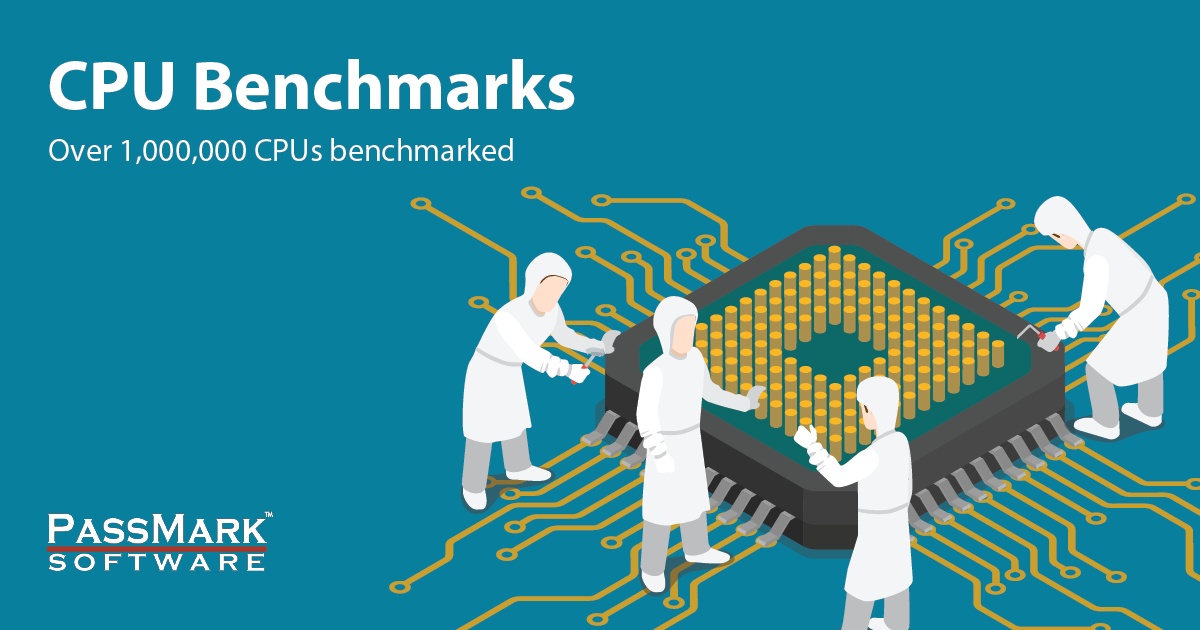Hello,
We are planning to add a 1 TB RAM node to the cluster at my institution (currently 10 nodes 64-256 GB RAM each). We are going this high because we will be dealing with de novo assembly of plant large genomes.
We just got a quote for 1 TB of RAM and 48 cores, which is a bit above our budget... but the company says that we can considerably reduce the cost if we keep the same amount of RAM but with fewer cores.
My question what is the role of the number of cores during bioinformatics analyses (SOAPdenovo, Velvet, Trinity, etc) and how reducing the number of cores could affect them.
Cheers,
We are planning to add a 1 TB RAM node to the cluster at my institution (currently 10 nodes 64-256 GB RAM each). We are going this high because we will be dealing with de novo assembly of plant large genomes.
We just got a quote for 1 TB of RAM and 48 cores, which is a bit above our budget... but the company says that we can considerably reduce the cost if we keep the same amount of RAM but with fewer cores.
My question what is the role of the number of cores during bioinformatics analyses (SOAPdenovo, Velvet, Trinity, etc) and how reducing the number of cores could affect them.
Cheers,

Comment